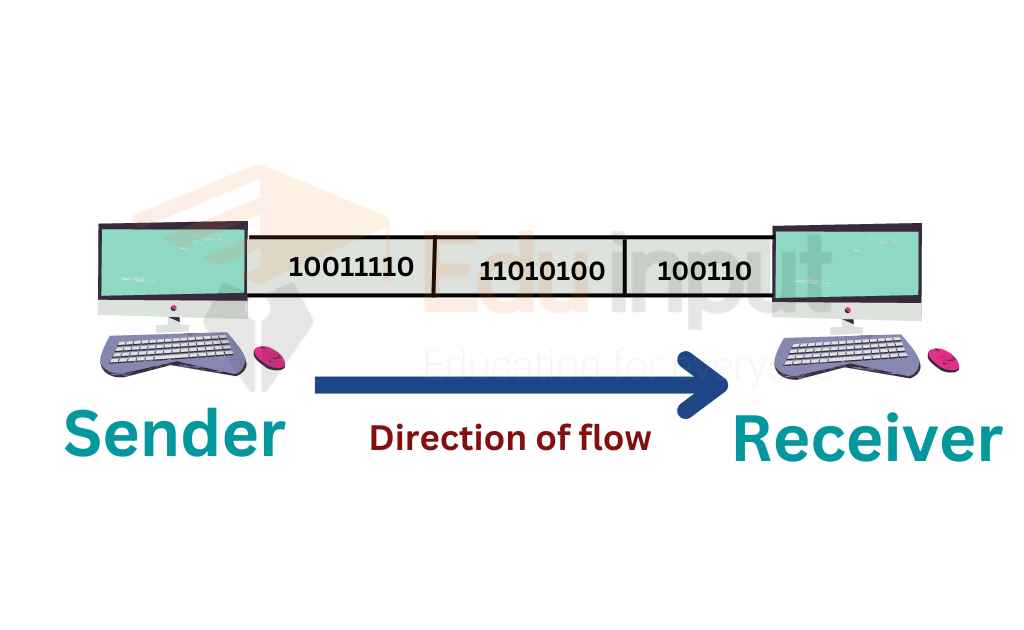Difference between Synchronous and Asynchronous transmission
Synchronous transmission and asynchronous transmission both are types of serial transmission. The main difference between synchronous and asynchronous transmission is, in synchronous transmission sender and receiver should have synchronized clocks before the data transmission.
While asynchronous transmission has not required a clock, it adds a consistency bit before transmission.
Asynchronous Transmission
A type of data transmission in which data is transmitted character by character is called synchronous transmission. The time interval between characters is not the same. It is less efficient and slower than synchronous transmission.

The asynchronous transmission uses start and stops bits. When the character is about to be transmitted the start signal is sent. The value of the start bit is zero. This is called space state. The value 0 shows that the character is about to be transferred. Which alerts the receiver to get ready to receive the character.
The stop bit is transmitted at the end of each character. It informs the receiver that the character is finished. It has a binary value of 1. A value of 1 in the start bit indicates that the line is idle. It is called mark state.
Synchronous Transmission
Synchronous transmission is a type of data transmission in which data is transmitted block by block. Each block may consist of many characters. The time between characters is the same. It uses a clock to control the timing of hits being sent. The amount of information can be transmitted at a single time with this type of transmission.

Synchronous transmission is much faster than asynchronous transmission because there is no gap between the characters. The transmission is suited for remote communication between a computer and related devices like printers.
Asynchronous transmission vs Asynchronous transmission
The difference between asynchronous transmission and synchronous transmission is given below:
| Asynchronous Transmission | Synchronous Transmission |
| Data is transmitted character by character. | Data is transmitted block by the clock. |
| The sender and receiver are not synchronous with each other. | The sender and receiver are synchronized with each other. |
| The time interval between two characters is not fixed. | The time interval between the two blocks is the same. |
| There may be a gap between the two characters being transmitted. | There may be no gap between the two characters being transmitted. |
| It uses start and stops bits from controlling the data transmission. | It uses clock signals to control the data transmission. |
| It provides less efficient and slower data transmission. | It provides more efficient and faster data transmission. |
| Asynchronous transmission is inexpensive. | Synchronous transmission is more expensive than asynchronous. |
| It is easy to design. | It is difficult to design. |
| The transmission speed is slow. | The transmission speed is fast |
Related FAQs
What is the main difference between Synchronous and Asynchronous transmission?
The main difference between synchronous and asynchronous transmission is, in synchronous transmission sender and receiver should have synchronized clocks before the data transmission.
While asynchronous transmission has not required a clock, because the sender and receiver have their internal clocks so they have no need for an external clock.
What is Synchronous and Asynchronous example?
Examples of synchronous transmission are chat rooms, telephonic
conversations and video conferencing.
Examples of asynchronous transmission are e-mail, forums, and letters







Leave a Reply